Adaptive Resource Management Method for Phased Array Radar Based on RCS Prediction of Hypersonic Gliding Vehicle
-
摘要: 针对相控阵雷达(PAR)探测临近空间高超声速目标(HGV)时雷达资源消耗过大、量测精度不高的问题,该文提出一种基于临空目标雷达截面积(RCS)预测的雷达资源自适应分配方法。该方法根据滑窗内目标状态与RCS信息,利用贝叶斯后验概率公式预测下一时刻目标RCS,并针对性地调整发射脉冲驻留时长,实现雷达资源的动态调整,使目标回波信号信噪比保持稳定,提高雷达跟踪性能。仿真实验表明,所提算法能较准确估计出目标RCS,进而自适应分配雷达资源,达到在不增加雷达资源消耗前提下提升跟踪精度的目的。
-
关键词:
- 相控阵雷达 /
- 临近空间高超声速目标 /
- RCS预测 /
- 资源分配
Abstract: For the problem of Phased Array Radar (PAR) has excessive resource consumption and low measurement accuracy in the process of detecting Hypersonic Gliding Vehicle (HGV). An adaptive radar power allocation method based Radar Cross-Section (RCS) prediction is presented in this paper. Based on the target state and RCS information in the sliding window, Bayesian posterior probability formula is utilized to predict the target RCS at the next moment. Then, the transmit pulse dwell time is adjusted to achieve dynamic adjustment of radar resources, so that the target echo signal signal-to-noise ratio remains stable and the radar tracking performance is improved. The simulation experiment shows that the method in this paper can make accurate prediction the RCS of next time then adaptive allocates radar power. To achieve the purpose of improving the tracking accuracy under the conditions of radar resources. -
表 1 分离点参数
高度(km) 速度(m/s) 速度倾角(°) 攻角(°) 倾侧角(°) 速度方位角(°) 经度(°) 纬度(°) 目标1 50 5000 0 15 0 300 142 14.4 目标2 50 5000 0 15 0 305 144 13.3 表 2 雷达参数
发射功率 载频 天线增益 系统损耗 噪声系数 探测距离 50 kW 10 GHz 45 dB 5 dB 2 dB 500 km 带宽 最大占空比 临空目标跟踪资源占比 半功率波束宽度 采样间隔 极化方式 10 MHz 0.1 0.1 1° 0.5 s VV 表 3 误差影响分析
本文方法 HM法 $ \gamma {\text{ = }}0 $ $ \gamma {\text{ = 0}}{\text{.1}} $ $ \gamma {\text{ = }}0.2 $ $ \gamma {\text{ = }}0.3 $ $ \gamma {\text{ = 0}}{\text{.4}} $ $ \gamma {\text{ = 0}}{\text{.5}} $ VPE 0.0164 0.0423 0.0783 0.1492 0.1982 0.2398 0.2005 APE 0.0012 0.0086 0.0368 0.0743 0.1464 0.2766 0.1340 表 4 跟踪精度比较
本文方法 HM法 固定法 $ \gamma {\text{ = }}0 $ $ \gamma {\text{ = 0}}{\text{.1}} $ $ \gamma {\text{ = }}0.2 $ $ \gamma {\text{ = }}0.3 $ $ \gamma {\text{ = 0}}{\text{.4}} $ $ \gamma {\text{ = 0}}{\text{.5}} $ MEC(103m) 1.2224 1.3942 1.5852 1.8329 2.1227 2.3893 2.1392 3.5618 -
[1] 洪延姬, 金星, 李小将. 等. 临近空间飞行器技术[M]. 北京: 国防工业出版社, 2012: 1–10.HONG Yanji, JIN Xing, LI Xiaojiang, et al. Near Space Vehicle Technology[M]. Beijing: National Defense Industry Press, 2012: 1–10. [2] XIA Rongsheng, CHEN Mou, WU Qingxian, et al. Neural network based integral sliding mode optimal flight control of near space hypersonic vehicle[J]. Neurocomputing, 2020, 379: 41–52. doi: 10.1016/j.neucom.2019.10.038 [3] 张光义. 相控阵雷达原理[M]. 北京: 国防工业出版社, 2009: 72–80.ZHANG Guangyi. Principles of Phased Array Radar[M]. Beijing: National Defense Industry Press, 2009: 72–80. [4] SEOK J, KABAMBA P, and GIRARD A. Task selection for radar resource management in dynamic environments[J]. The Journal of Engineering, 2018, 2018(1): 1–9. doi: 10.1049/joe.2017.0236 [5] SEVERSON T A. Distributed optimization of resource allocation for search and track assignment with multifunction radars[D]. [Ph. D. dissertation], University of Maryland, 2013. [6] 张贞凯, 周建江, 汪飞, 等. 机载相控阵雷达射频隐身时最优搜索性能研究[J]. 宇航学报, 2011, 32(9): 2023–2028. doi: 10.3873/j.issn.1000-1328.2011.09.022ZHANG Zhenkai, ZHOU Jianjiang, WANG Fei, et al. Research on optimal search performance of airborne phased array radar for radio frequency stealth[J]. Journal of Astronautics, 2011, 32(9): 2023–2028. doi: 10.3873/j.issn.1000-1328.2011.09.022 [7] KIM E H and PARK J. Dwell time optimization of alert-confirm detection for active phased array radars[J]. Journal of Electromagnetic Engineering and Science, 2019, 19(2): 107–114. doi: 10.26866/jees.2019.19.2.107 [8] 陈怡君, 罗迎, 张群, 等. 基于认知ISAR成像的相控阵雷达资源自适应调度算法[J]. 电子与信息学报, 2014, 36(7): 1566–1572. doi: 10.3724/SP.J.1146.2013.00822CHEN Yijun, LUO Ying, ZHANG Qun, et al. Adaptive scheduling algorithm for phased array radar based on cognitive ISAR imaging[J]. Journal of Electronics &Information Technology, 2014, 36(7): 1566–1572. doi: 10.3724/SP.J.1146.2013.00822 [9] 孟迪, 张群, 罗迎, 等. 基于脉冲交错的数字阵列雷达任务优化调度算法[J]. 航空学报, 2017, 38(8): 167–176. doi: 10.7527/S1000-6893.2017.320930MENG Di, ZHANG Qun, LUO Ying, et al. An effective scheduling algorithm for digital array radar based on pulse interleaving[J]. Acta Aeronautica et Astronautica Sinica, 2017, 38(8): 167–176. doi: 10.7527/S1000-6893.2017.320930 [10] 孟迪, 张群, 罗迎, 等. 微动目标跟踪成像一体化的雷达资源优化调度算法[J]. 航空学报, 2018, 39(2): 321492. doi: 10.7527/S1000-6893.2017.21492MENG Di, ZHANG Qun, LUO Ying, et al. An optimal radar resource scheduling algorithm based on integrated tracking and imaging of micro-motion targets[J]. Acta Aeronautica et Astronautica Sinica, 2018, 39(2): 321492. doi: 10.7527/S1000-6893.2017.21492 [11] 田泰方, 张群, 陈怡君, 等. 基于二维资源管理的多功能雷达任务调度算法[J]. 航空学报, 2018, 39(12): 322313. doi: 10.7527/S1000-6893.2018.22313TIAN Taifang, ZHANG Qun, CHEN Yijun, et al. A task scheduling algorithm for multifunctional radar based on two-dimensional resource management[J]. Acta Aeronautica et Astronautica Sinica, 2018, 39(12): 322313. doi: 10.7527/S1000-6893.2018.22313 [12] MIR H S and GUITOUNI A. Variable dwell time task scheduling for multifunction radar[J]. IEEE Transactions on Automation Science and Engineering, 2014, 11(2): 463–472. doi: 10.1109/TASE.2013.2285014 [13] Mir H S , Abdelaziz F B. Cyclic task scheduling for multifunction radar[J]. IEEE Transactions on Automation Science & Engineering, 2012, 9(3): 529–537. doi: 10.1109/TASE.2012.2197857 [14] ZHANG Zhenkai, ZHOU Jianjiang, WANG Fei, et al. Multiple-target tracking with adaptive sampling intervals for phased-array radar[J]. Journal of Systems Engineering and Electronics, 2011, 22(5): 760–766. doi: 10.3969/j.issn.1004-4132.2011.05.006 [15] ZHANG Haowei, XIE Junwei, ZHANG Zhaojian, et al. Variable scheduling interval task scheduling for phased array radar[J]. Journal of Systems Engineering and Electronics, 2018, 29(5): 937–946. doi: 10.21629/JSEE.2018.05.06 [16] GILSON W H. Minimum power requirements of tracking[C]. Proceedings of the IEEE International Conference on Radar, Arlington, USA, 1990. [17] DELIGIANNIS A, PANOUI A, LAMBOTHARAN S, et al. Game-theoretic power allocation and the Nash equilibrium analysis for a multistatic MIMO radar network[J]. IEEE Transactions on Signal Processing, 2017, 65(24): 6397–6408. doi: 10.1109/TSP.2017.2755591 [18] 韩清华, 潘明海, 龙伟军. 基于机会约束规划的机会阵雷达功率资源管理算法[J]. 系统工程与电子技术, 2017, 39(3): 506–513. doi: 10.3969/j.issn.1001-506X.2017.03.08HAN Qinghua, PAN Minghai, and LONG Weijun. Power resource management algorithm of opportunistic array radar based on chance-constraint programming[J]. Systems Engineering and Electronics, 2017, 39(3): 506–513. doi: 10.3969/j.issn.1001-506X.2017.03.08 [19] CHAVALI P and NEHORAI A. Scheduling and power allocation in a cognitive radar network for multiple-target tracking[J]. IEEE Transactions on Signal Processing, 2012, 60(2): 715–729. doi: 10.1109/TSP.2011.2174989 [20] 严俊坤, 刘宏伟, 戴奉周, 等. 基于非线性机会约束规划的多基雷达系统稳健功率分配算法[J]. 电子与信息学报, 2014, 36(3): 509–515. doi: 10.3724/SP.J.1146.2013.00656YAN Junkun, LIU Hongwei, DAI Fengzhou, et al. Nonlinear chance constrained programming based robust power allocation algorithm for multistatic radar systems[J]. Journal of Electronics &Information Technology, 2014, 36(3): 509–515. doi: 10.3724/SP.J.1146.2013.00656 [21] YAN Junkun, PU Wenqiang, LIU Hongwei, et al. Robust chance constrained power allocation scheme for multiple target localization in colocated MIMO radar system[J]. IEEE Transactions on Signal Processing, 2018, 66(15): 3946–3957. doi: 10.1109/TSP.2018.2841865 [22] 张贞凯, 许姣, 田雨波. 多目标跟踪时的自适应功率分配算法[J]. 信号处理, 2017, 33(S1): 22–26. doi: 10.16798/j.issn.1003-0530.2017.3A.004ZHANG Zhenkai, XU Jiao, and TIAN Yubo. Adaptive power allocation algorithm for multiple target tracking[J]. Journal of Signal Processing, 2017, 33(S1): 22–26. doi: 10.16798/j.issn.1003-0530.2017.3A.004 [23] 秦童, 戴奉周, 刘宏伟. 一种用于雷达资源管理的目标雷达截面积预测算法[J]. 电子与信息学报, 2015, 37(8): 1849–1854. doi: 10.11999/JEIT141466QIN Tong, DAI Fengzhou, and LIU Hongwei. Radar cross section prediction method for radar resource management[J]. Journal of Electronics &Information Technology, 2015, 37(8): 1849–1854. doi: 10.11999/JEIT141466 [24] MERTENS M and ULMKE M. Ground target tracking with RCS estimation utilizing probability hypothesis density filters[C]. Proceedings of the 16th International Conference on Information Fusion, Istanbul, Turkey, 2013. [25] 中国人民解放军总装备部军事训练教材编辑工作委员会. 再入物理[M]. 北京: 国防工业出版社, 2005: 40–98.Editorial Committee of Military Training Materials of the General Armament Department of the Chinese People's Liberation Army. Reentry Physics[M]. Beijing: National Defense Industry Press, 2005: 40–98. [26] HUBER P W. Hypersonic shock-heated flow parameters for velocities to 46, 000 feet per second and altitudes to 323, 000 feet[R]. R-163, 1963. [27] 张明友. 雷达系统[M]. 4版. 北京: 电子工业出版社, 2013: 192–208.ZHANG Mingyou. Microwave Technology and Antennas[M]. 4th ed. Beijing: Publishing House of Electronics Industry, 2013: 192–208. [28] 何友, 修建娟, 张晶炜, 等. 雷达数据处理及应用[M]. 2版. 北京: 电子工业出版社, 2009: 142–160.HE You, XIU Jianjuan, ZHANG Jingwei, et al. Radar Data Processing with Applications[M]. 2nd ed. Beijing: Publishing House of Electronics Industry, 2009: 142–160. [29] MARLEY C D and DRISCOLL J F. Heat transfer operability limits for an actively and passively cooled hypersonic vehicle[J]. Journal of Aircraft, 2018, 55(4): 1655–1674. doi: 10.2514/1.C034545 [30] PEI Pei, FAN Shipeng, WANG Wei, et al. Online reentry trajectory optimization using modified sequential convex programming for hypersonic vehicle[J]. IEEE Access, 2021, 9: 23511–23525. doi: 10.1109/ACCESS.2021.3056517 -





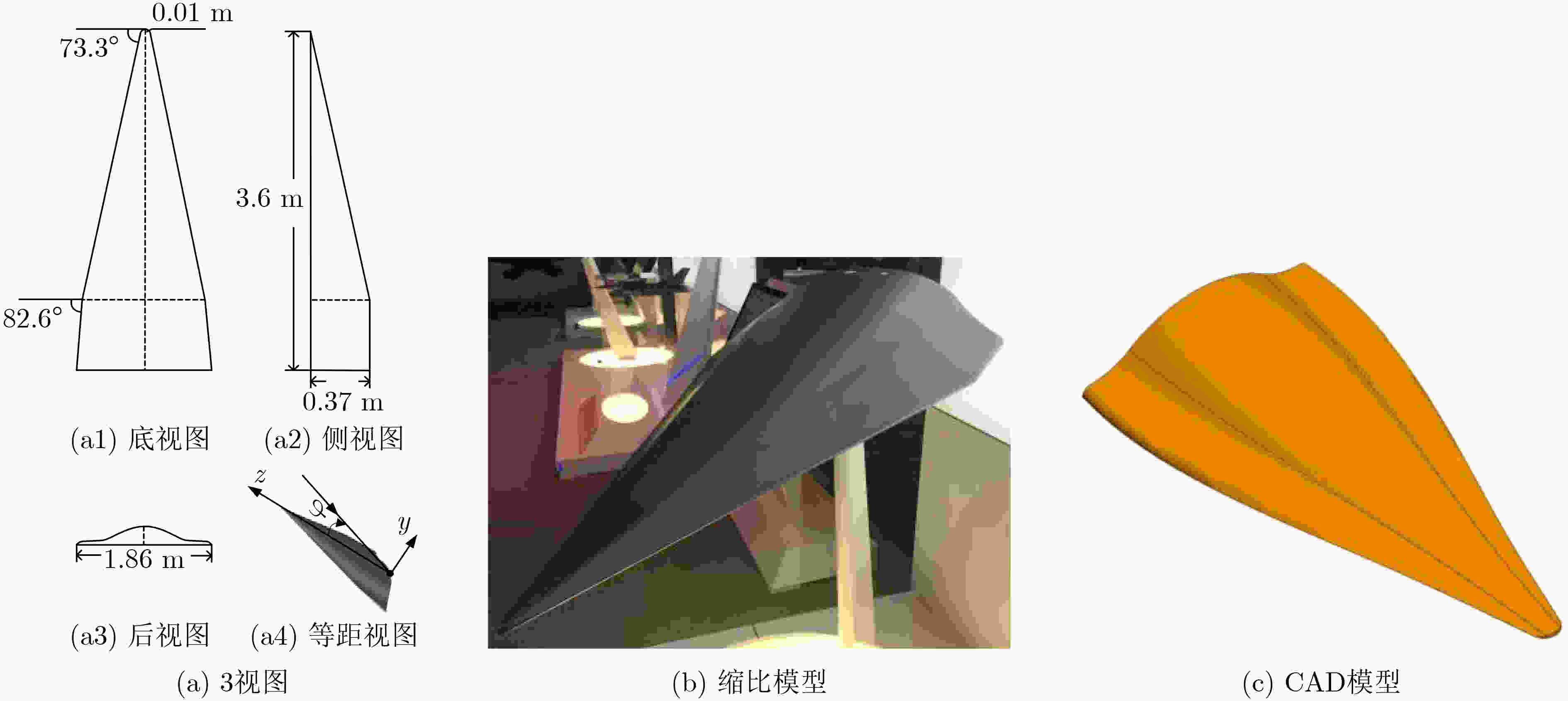
 下载:
下载:
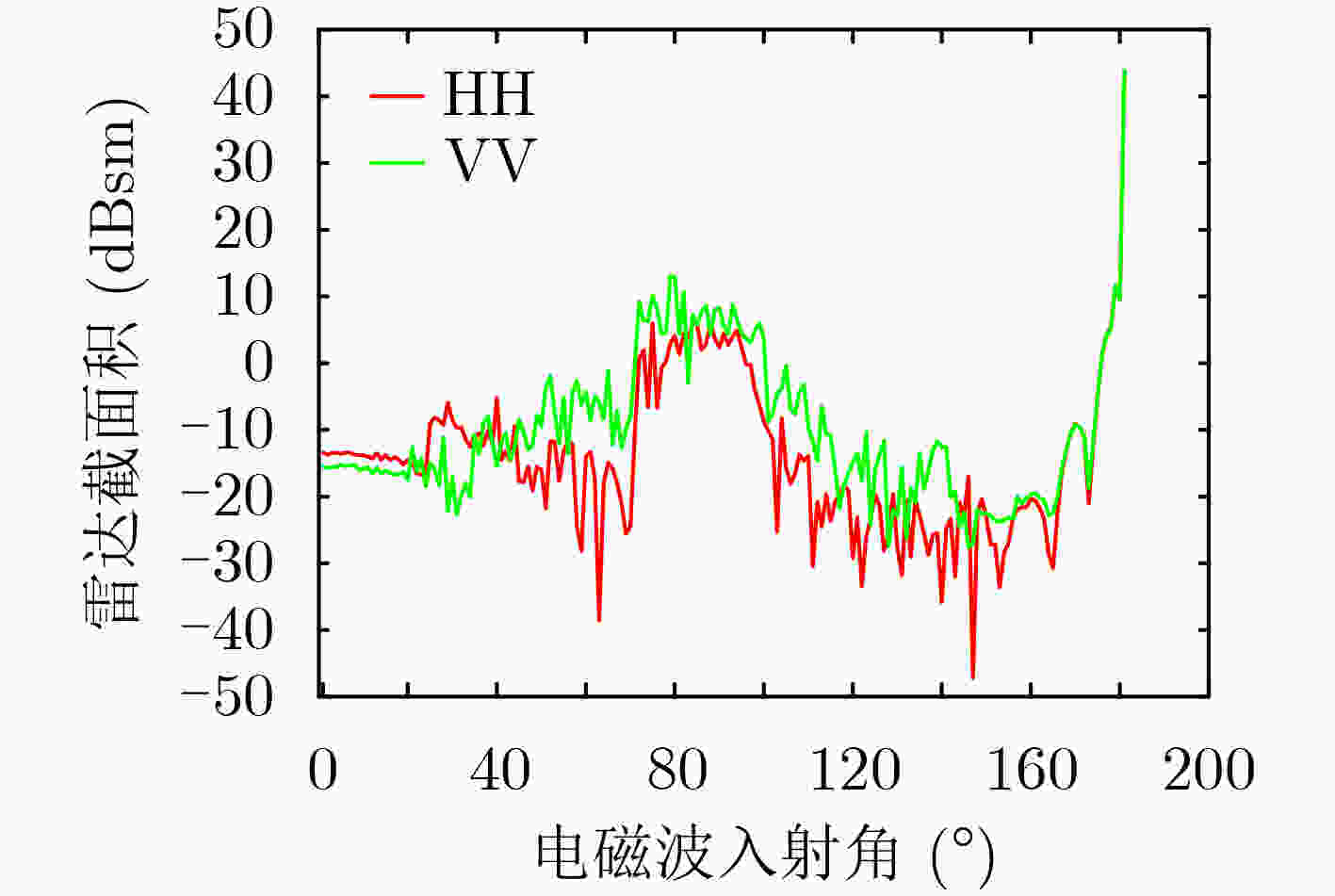
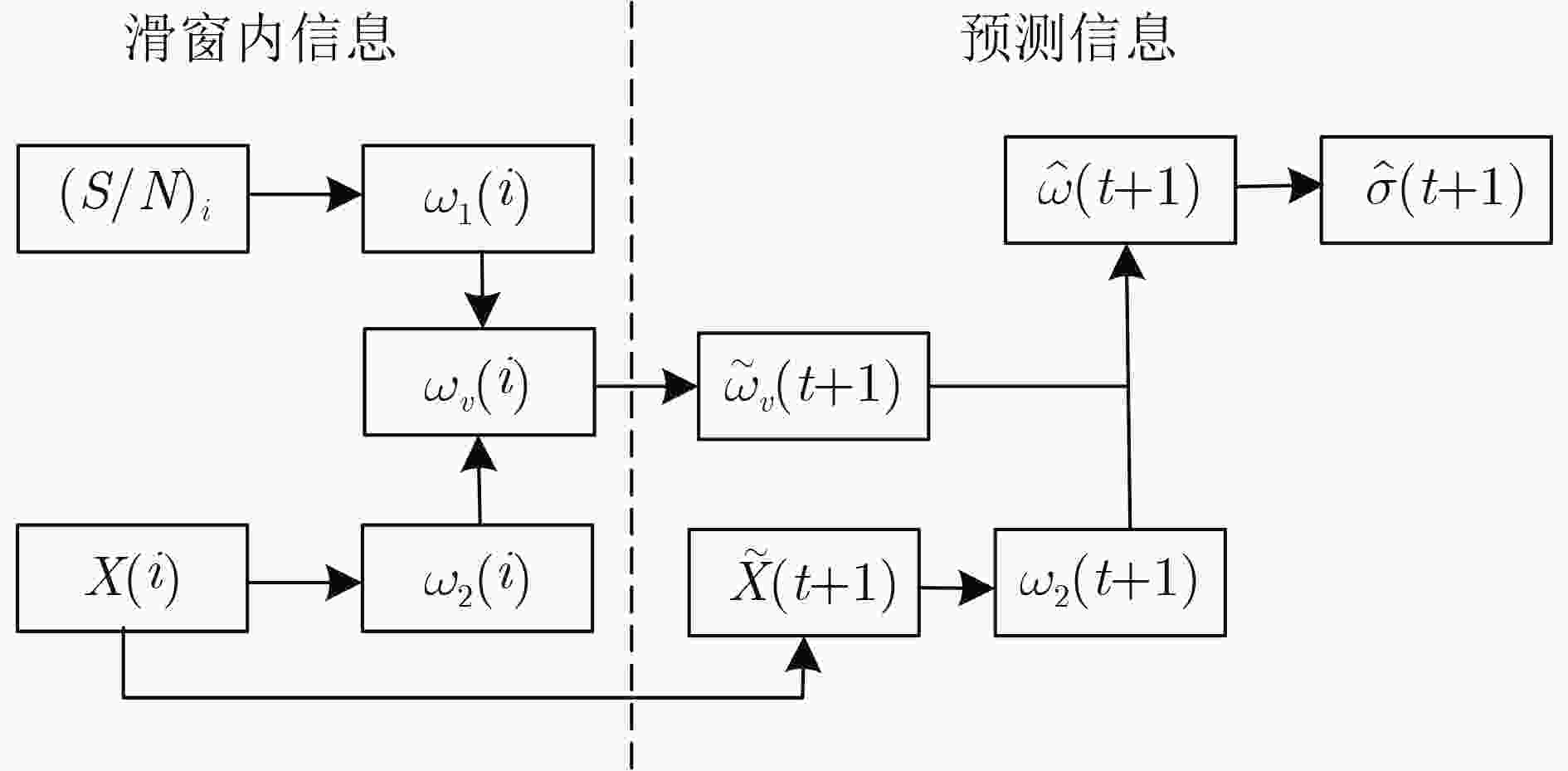
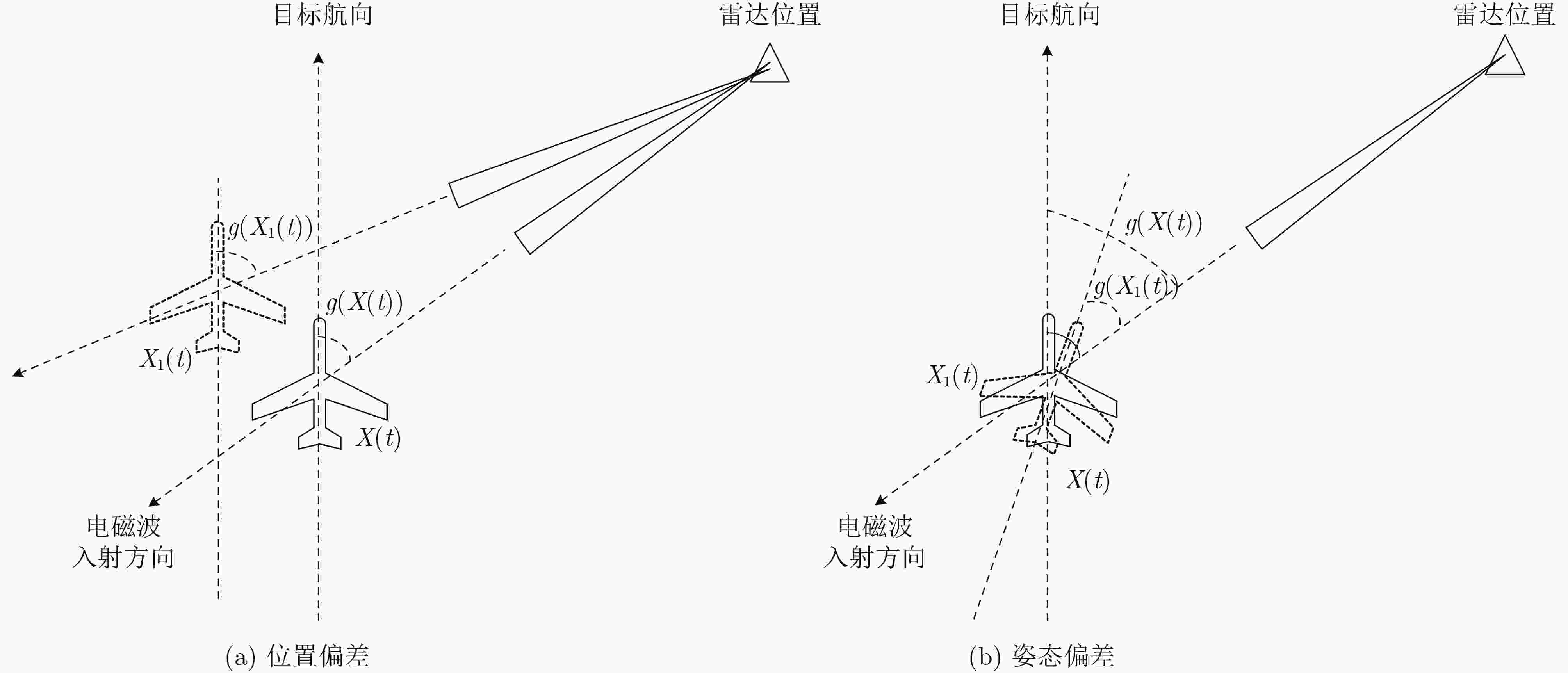
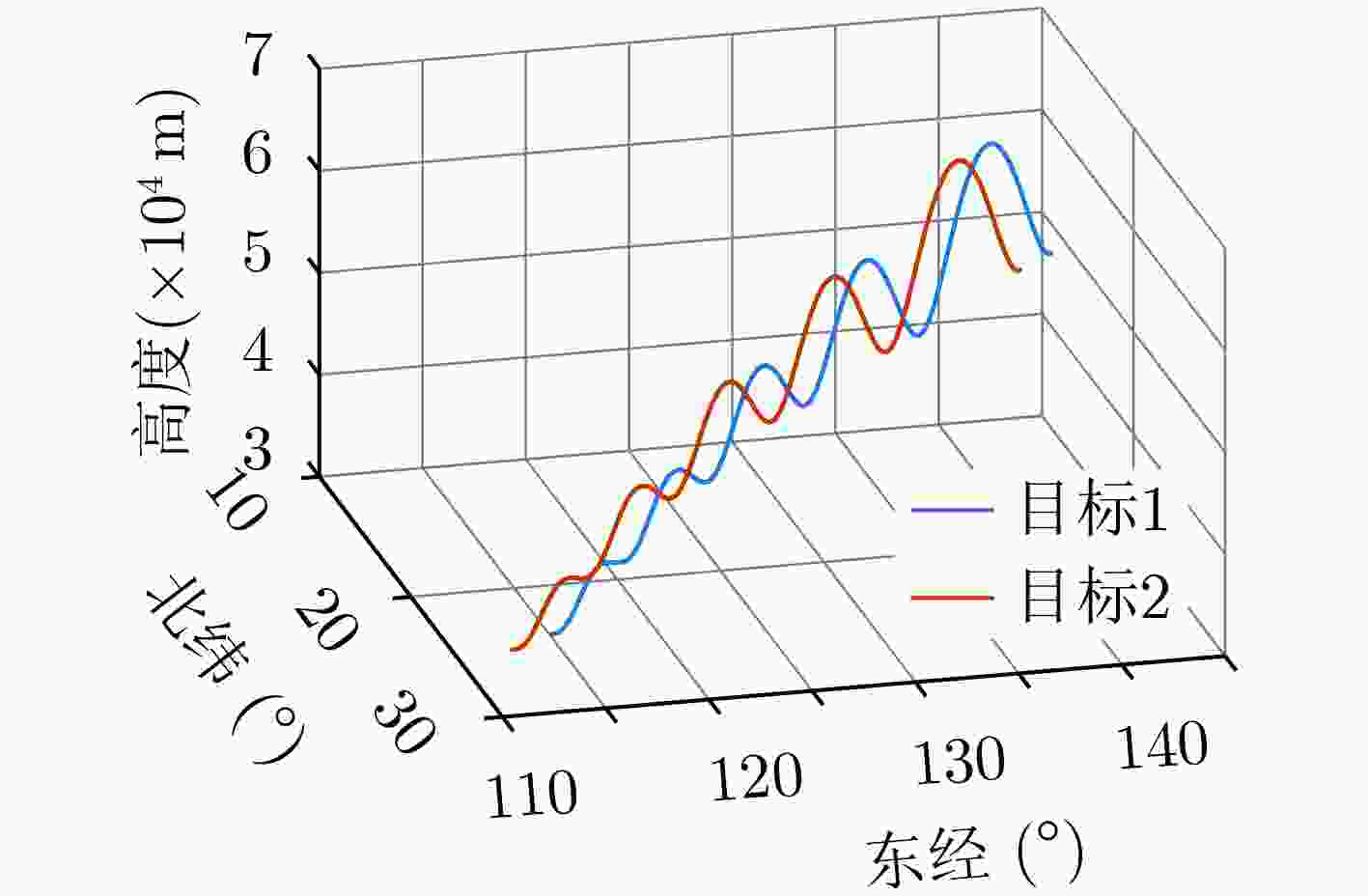
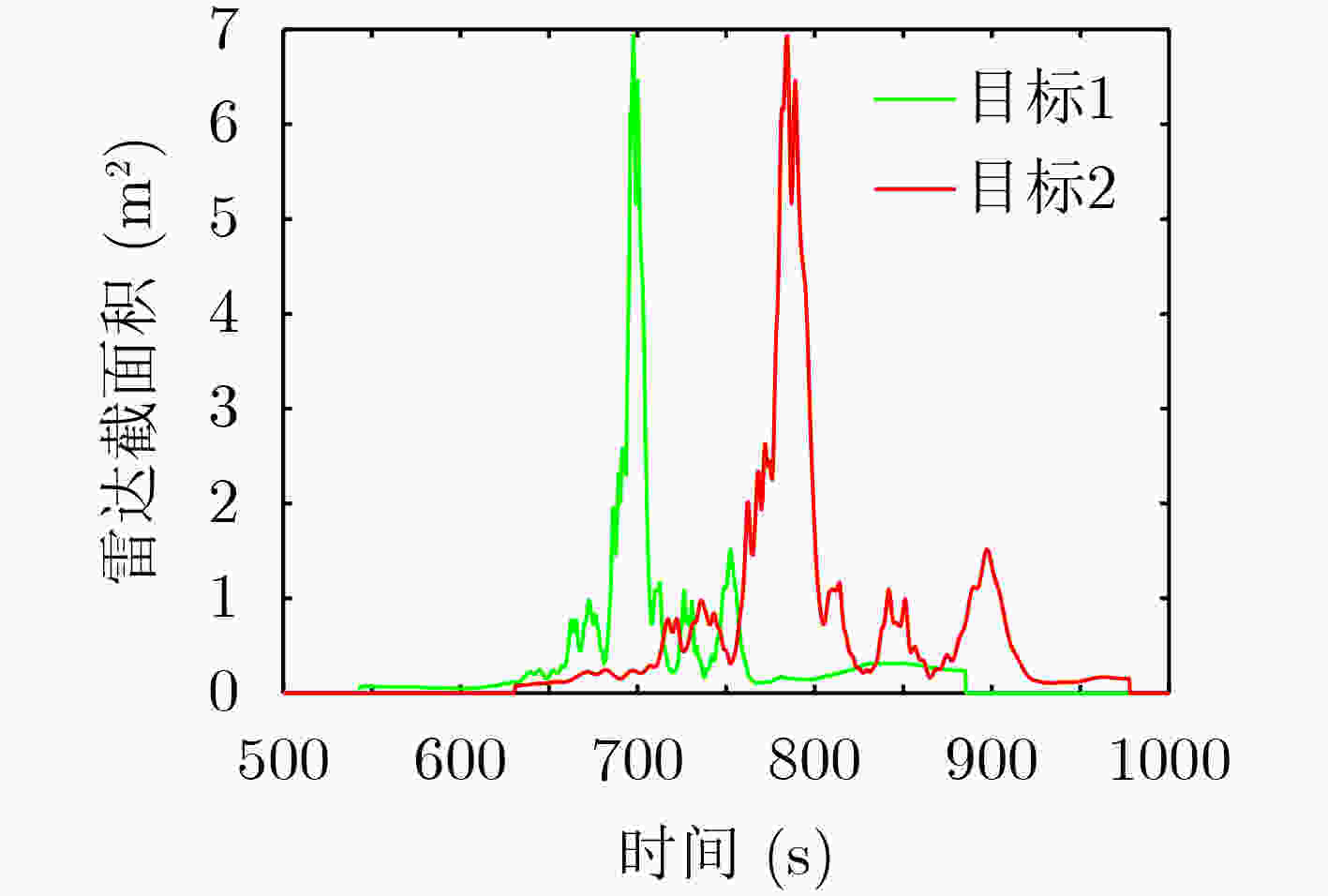
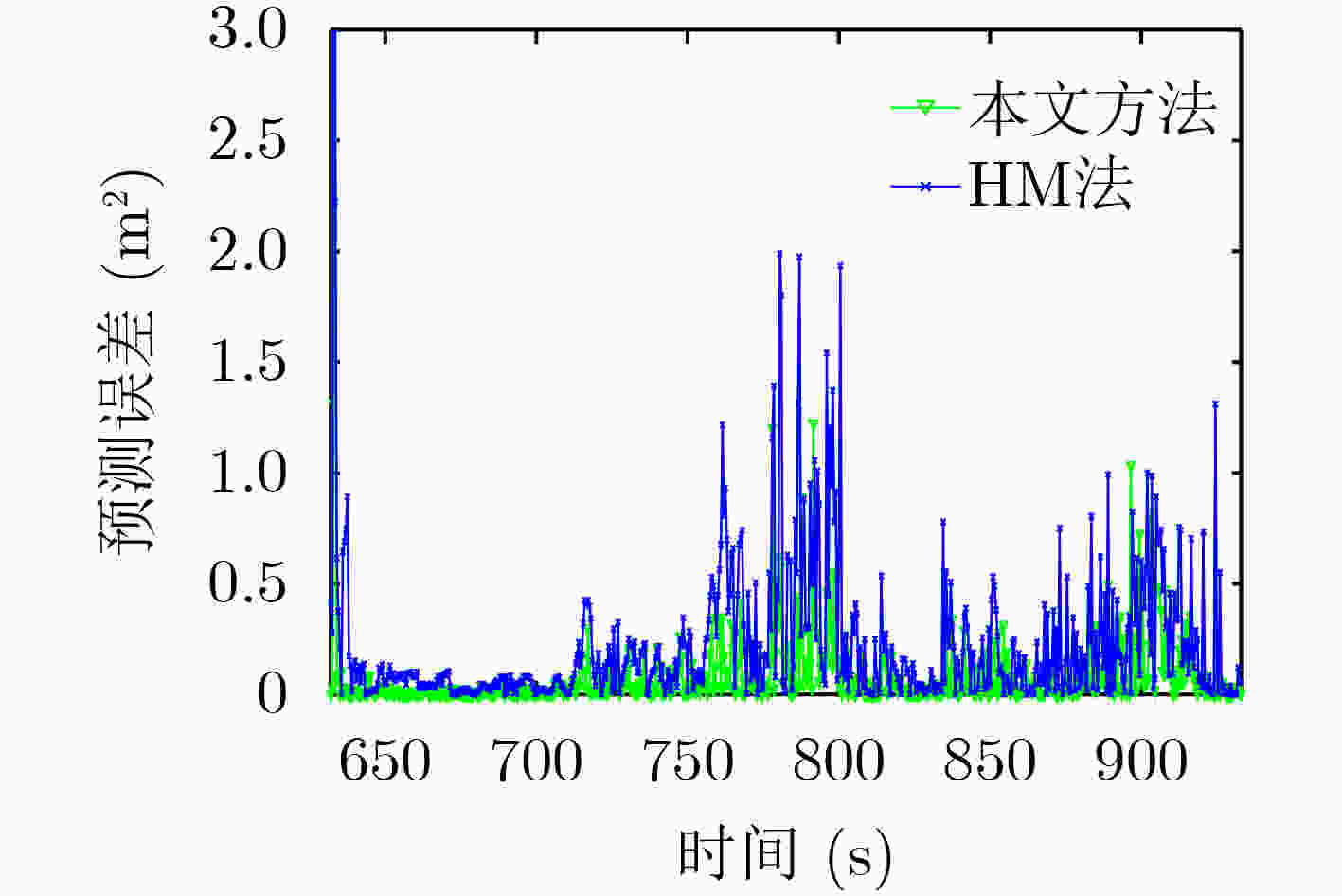



 下载:
下载:
